↓↓↓ Click the card below to discover more exciting content ↓↓↓
Old people say: “Insufficient Qi and blood leads to a hundred diseases! Because when Qi and blood are sufficient, all organs in our body can function properly, leading to better health and stability.

When it comes to nourishing Qi and blood, many people immediately think of red dates. In fact, in addition to red dates,there are six other ingredients in our daily diet that have the effect of nourishing Qi and blood, making them known as “natural blood banks”!
For beauty-conscious women, consuming more foods that nourish Qi and blood not only replenishes Qi and blood but also hasbeautifying and anti-aging effects!

Now, let me introduce six ingredients that are considered “natural blood banks”. Eat them twice a week to nourish blood and Qi, beautify the skin, especially the fifth one!
One: Black Fungus
Black fungus is a traditional nourishing ingredient, known as a “blood-nourishing delicacy”. It contains a large amount of plant-based gelatin, which can promote blood circulation, increase hemoglobin levels, and help prevent and treat anemia and other diseases.
Black fungus has a fragrant taste and tender texture, making it a top choice for healthy cuisine.
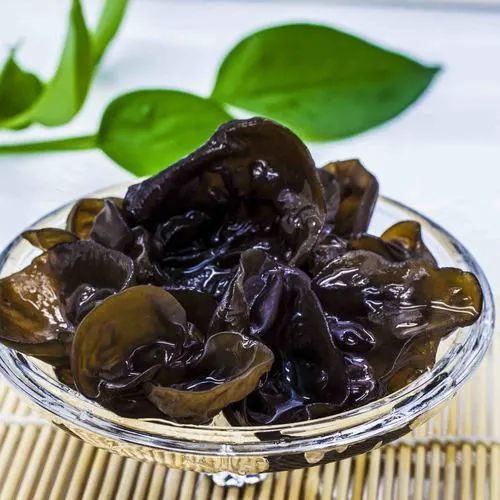
Preparation: Black fungus can be stir-fried, boiled, or served cold in various ways. Among them, stir-frying black fungus is the most common method. Clean the black fungus, soak it until soft, drain the water, and stir-fry with an appropriate amount of oil and seasonings.
Two: Duck Blood
Animal blood also contains a large amount of iron, which can replenish blood. The utilization rate of iron in animal blood such as pig blood, chicken blood, and duck blood is 12%, which can prevent iron deficiency anemia.
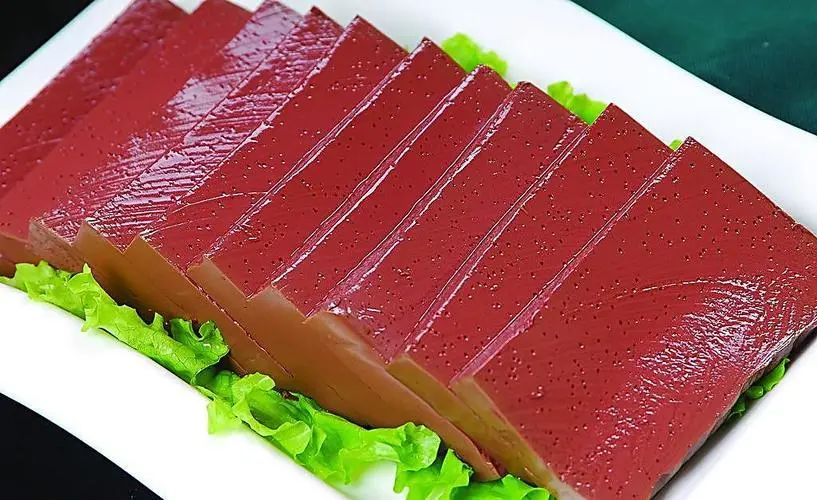
Recommended Recipe: Duck Blood with Chives
Preparation: 1. Clean and cut chives into sections, slice duck blood, julienne ginger, and slice small chili peppers; 2. Blanch duck blood in cold water; 3. Heat oil in a pan, add Sichuan pepper, small chili, and ginger to sauté until fragrant, then add a small spoon of bean paste to fry until red oil appears; 4. Add water to boil, then add duck blood, a spoon of soy sauce, cover, and simmer on medium heat for 2 minutes; 5. Add chives, season with salt, and stir-fry for 60 seconds before serving.
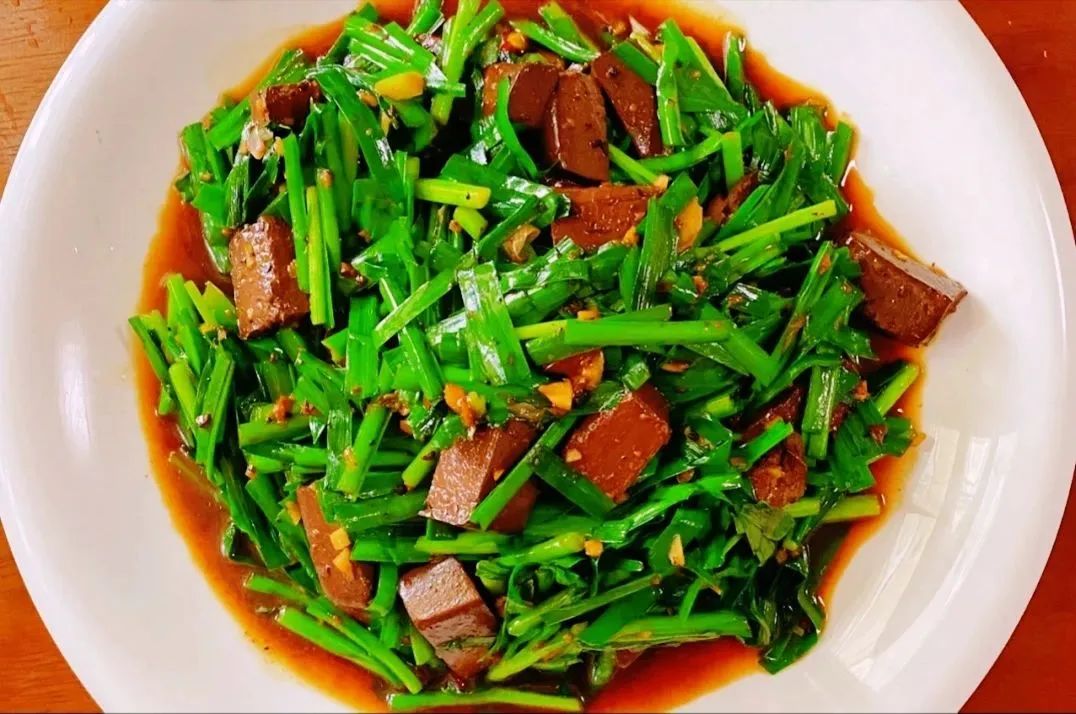
Three: White Fungus
White fungus is a precious nourishing ingredient rich in gelatin, protein, vitamins, and trace elements, which has the effects of moistening the lungs, stopping cough, beautifying the skin, and nourishing blood.
White fungus has a sweet taste and neutral nature, making it suitable for young people, the elderly, and children.

Preparation: White fungus can be soaked in clean water to expand, removing impurities and hard parts, then cooked with an appropriate amount of sugar and water until done. White fungus can also be used to make soups or desserts like jelly.
Four: Mulberries
Mulberries are fruits rich in vitamin C, iron, zinc, and other nutrients, with effects of nourishing Qi and blood, clearing the liver, improving eyesight, and promoting bowel movements. Mulberries are sweet and sour, making them very palatable.
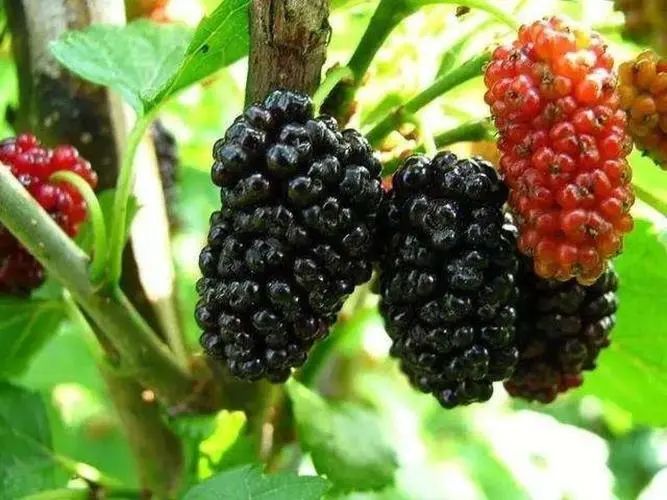
Preparation: Mulberries can be eaten raw or cooked in soup. When making soup, add mulberries to clean water, bring to a boil, then simmer on low heat. Additionally, when washing mulberries, it is best to soak them in a basin of water, gently rub them, and then place them on a clean cloth or towel to dry.
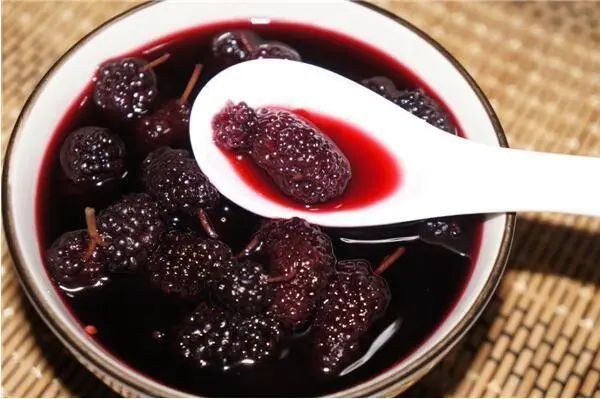
If there are tiny insect eggs or impurities on the mulberries, adding a small amount of salt or vinegar to the water can help clean them. Also, soaking mulberries in salt water beforehand can remove some pesticide residues and bacteria. Be careful not to rub the mulberries too hard while washing to avoid damaging their skin and affecting the taste.
Five: Cold Dressed Mugwort Juice Jelly
Mugwort is known as the “King of Herbs”. Every spring around May Day, people cut some mugwort to dry for foot baths because it has excellentdampness-expelling effects.
Mugwort is often used as an antibacterial and anti-inflammatory herb, and its active ingredients have significant health benefits.
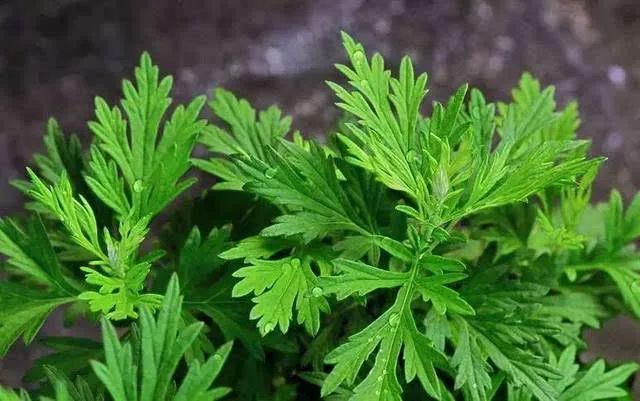
“Cool off this summer with a bowl of chilled mugwort juice jelly, refreshing and healthy!”
Preparation:
1. Pick the leaves of mugwort, place them in a basin, sprinkle a little salt, and soak in clean water for ten minutes, then rinse; 2. Clean the mugwort and blanch it; 3. Place it in a blender with a little clean water and blend into juice; 4. Prepare 1.2 liters of clean water, add the blended mugwort juice, filter, and heat in a pot. When the water boils, dissolve half a bag of white jelly powder while stirring; 5. Add white sugar and continue stirring until the water boils again; 6. Pour into a container to cool (cooling to room temperature and refrigerating for one or two hours enhances the flavor); 7. If sugar has been added, it can be cut into pieces and eaten directly (honey water or ice water can also be added according to personal preference).
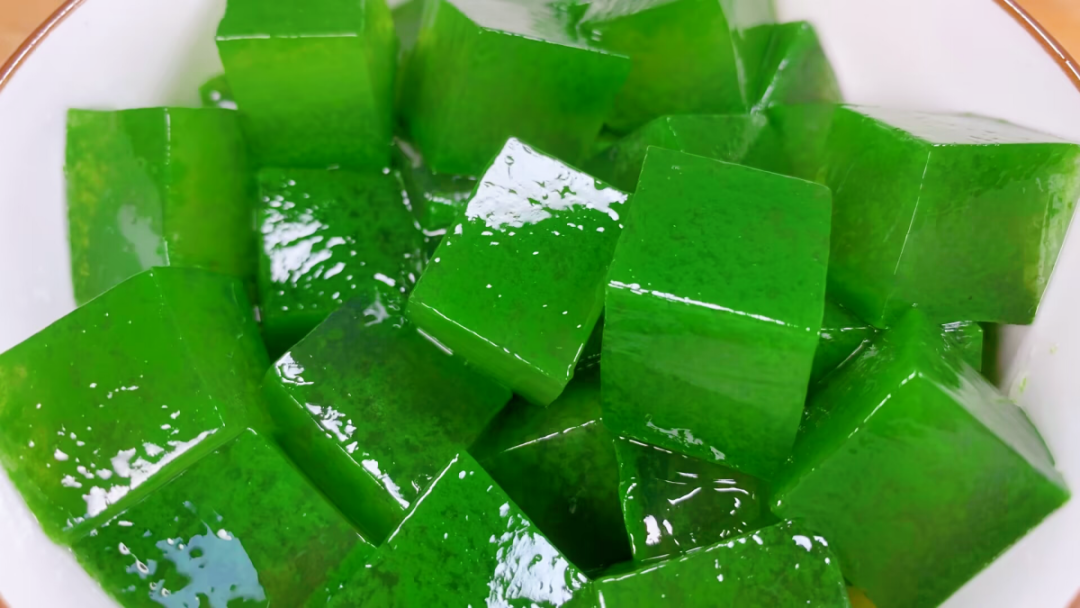
Another way to eat: We can prepare the sauce for the cold dressed mugwort juice jelly by mixing minced garlic, dried chili segments, a little soy sauce, oyster sauce, a pinch of salt, and chicken essence in a bowl, then pouring hot oil over it. Add a little aged vinegar, mix well, and pour over the jelly in the plate, and a delicious and refreshing cold dressed mugwort juice jelly is ready.
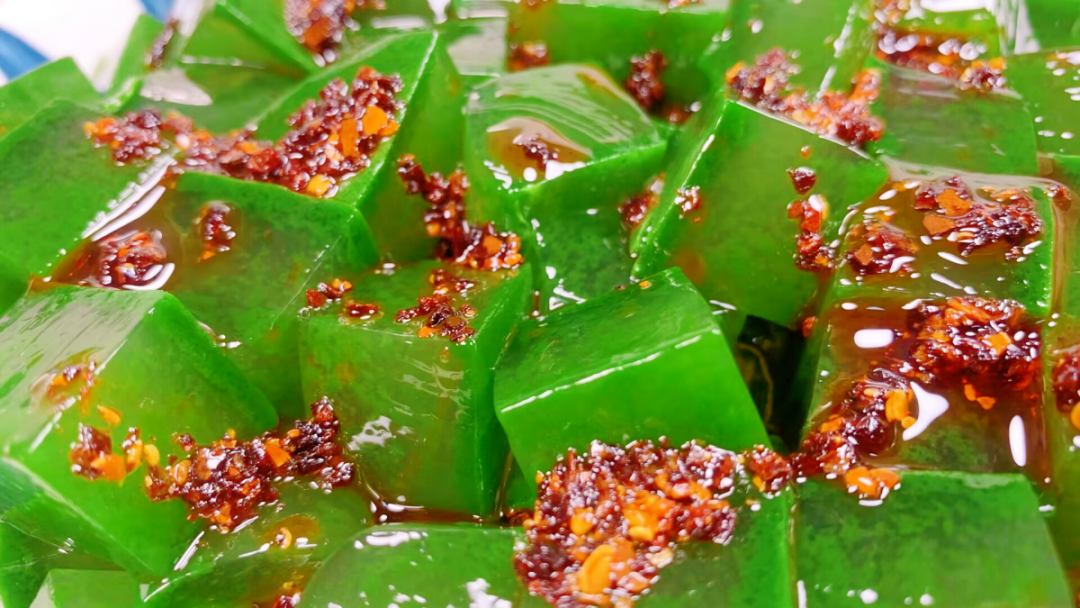
Mugwort itself has excellent medicinal value, and the dishes made from mugwort juice are very beneficial to health. The leftover mugwort pulp can also be used for foot baths or as a facial mask, and it is a pure natural product without hormones.
Six: Glutinous Rice
Glutinous rice is a grain rich in carbohydrates, protein, potassium, phosphorus, and other nutrients. Glutinous rice has effects of nourishing yin, tonifying the kidneys, benefiting Qi and blood, and strengthening muscles and bones, making it especially suitable for pregnant women, postpartum women, and those with weak constitutions.
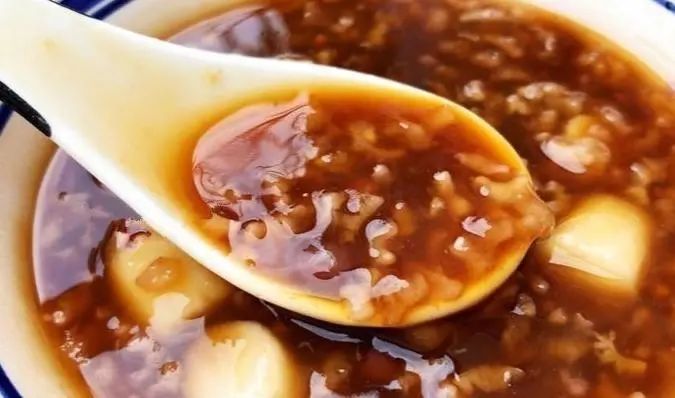
Preparation: Glutinous rice can be made into various dishes, such as glutinous rice porridge, glutinous rice balls, and glutinous rice meals. Among them, glutinous rice porridge is the most common preparation.
Wash the glutinous rice, add an appropriate amount of clean water, and cook in a rice cooker until done. If you prefer a softer texture, you can return the cooked glutinous rice to the pot and simmer on low heat for a while.
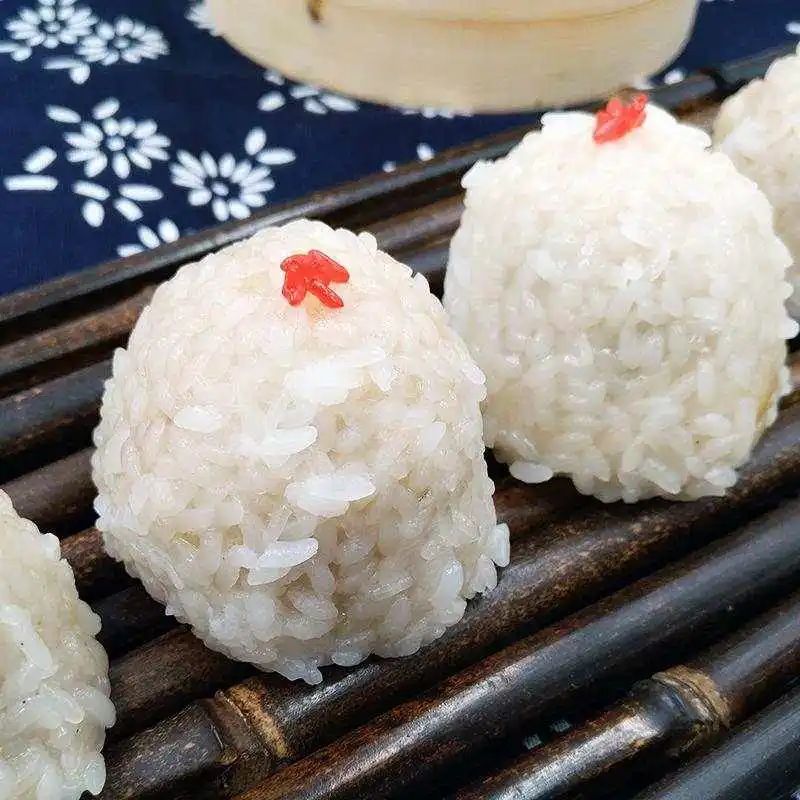
Life is based on Qi and blood, and all diseases affect Qi and blood!
Nourishing blood and Qi is the foundation of TCM health preservation!
In today’s fast-paced life, people are increasingly focusing on healthy and nutritious eating habits. Nourishing Qi and blood is an important part of maintaining health.

As the saying goes: Food supplements are better than medicinal supplements!
For many people, they prefer to replenish the nutrients and energy their bodies need through natural foods rather than relying on medications or supplements.
Warm Reminder:
 It is recommended that middle-aged and elderly people and women regularly consume blood-nourishing foods!
It is recommended that middle-aged and elderly people and women regularly consume blood-nourishing foods!
 In daily meals, adding beneficial ingredients such as black fungus, white fungus, mulberries, red dates, and glutinous rice not only provides sufficient nutrition for the body but also helps prevent certain diseases and maintain health.
In daily meals, adding beneficial ingredients such as black fungus, white fungus, mulberries, red dates, and glutinous rice not only provides sufficient nutrition for the body but also helps prevent certain diseases and maintain health.
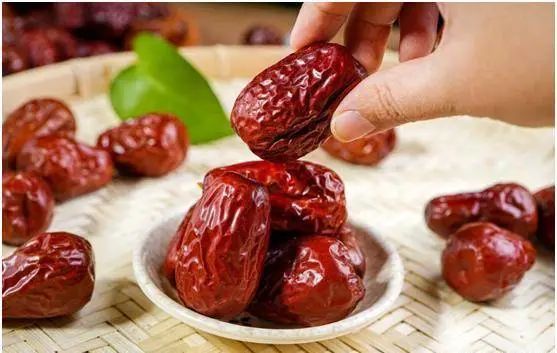
end
Learn a little bit of TCM knowledge every day,
making health preservation more healthy and interesting.
If you want to learn more health wisdom,
feel free to click the card below, save and follow!


